By: Deborah
Acne or Acne vulgaris affects about 80% of people at some point in their lives, making it the most common skin disease in humans. It happens when we are 11 up until we’re 30 but sometimes, it exceeds that limit. But how does it happen? It happens because of dead skin cells, bacteria, and oils become clogged in our pores and follicles.
It starts with our skin. Our skin regenerates once a month, so we frequently slouch out dead skin cells and make room for new ones to go to the surface of our skins. The dead ones come out of our pores and this makes things a little complicated. You see, we have sebaceous glands in our pores that produce sebum, the oil that keeps our skin moisturized. But if sebaceous glands either produce more or less sebum, it can cause damage to our skin. If your skin lacks sebum, you have a high risk of bacterial and fungal infections, but if your skin is abundant of it, it can cause a blockage in your pores, trapping dead skin cells inside. Both of which causes acne. This is because once your pores are clogged with dead skin cells and oils, it becomes a breathing ground for bacteria- especially Propionibacterium acnes. This bacterium is not harmful as long as it stays on the surface of your skin- not inside it. You see when they do get inside, that’s when they cause infections and the most popular one is none other than our painful acne. Acne has many forms: pimples, blackheads, whiteheads, and pustules.
Blackheads are what it’s called when the clogged pore is open. It turns black because it is oxidized. It is called a whitehead when the clog occurs just below the surface of the skin. When the clogged pore has an inflammation, that’s when you have a pimple. It’s called a pustule if the inflammation is really bad and the clogged pore starts leaking bacteria-filled pus. There’s also one called cystic acne which takes place in the deepest layers of the skin. There are also solid bumps called nodules and cysts which are pus-filled bumps.
Now that you know how acne forms, let’s find out why it does. There are a lot of factors behind painful acne. One of which is genetics, the most common one. If both your parents have or had acne, then you are most likely to have yours too due to heredity. The next one is your body’s production of hormones. One of which is the androgen hormone which is responsible for the production of oil and sebum. Stress is also one of the factors. When you are highly stressed, your hormones increase, causing the abundance of sebum. This explains why we find ourselves covered with new acne when we are nearing test periods. A person’s diet is said to be connected to Acne, too but a few scientists are still unsure whether these two really are connected. There are also external factors that lead to Acne and Acne breakouts like a person’s hygiene, food allergies, and climate.
Acne is actually a normal thing so having it doesn’t really make you less of a person. If you’re insecure and feel that you’re not confident because of it, then find a good product that will help you get clear skin (I suggest you use Banish because it’s all natural, but the choice is yours). Just remember that beauty can never really be seen on how clear a person’s skin is or how much sebum production they have; You can see it with their heart. So, I’ll end with a quote from Antoine de Saint-Exupery’s The Little Prince: It is only with the heart that one can see rightly; what is essential is invisible to the eye.


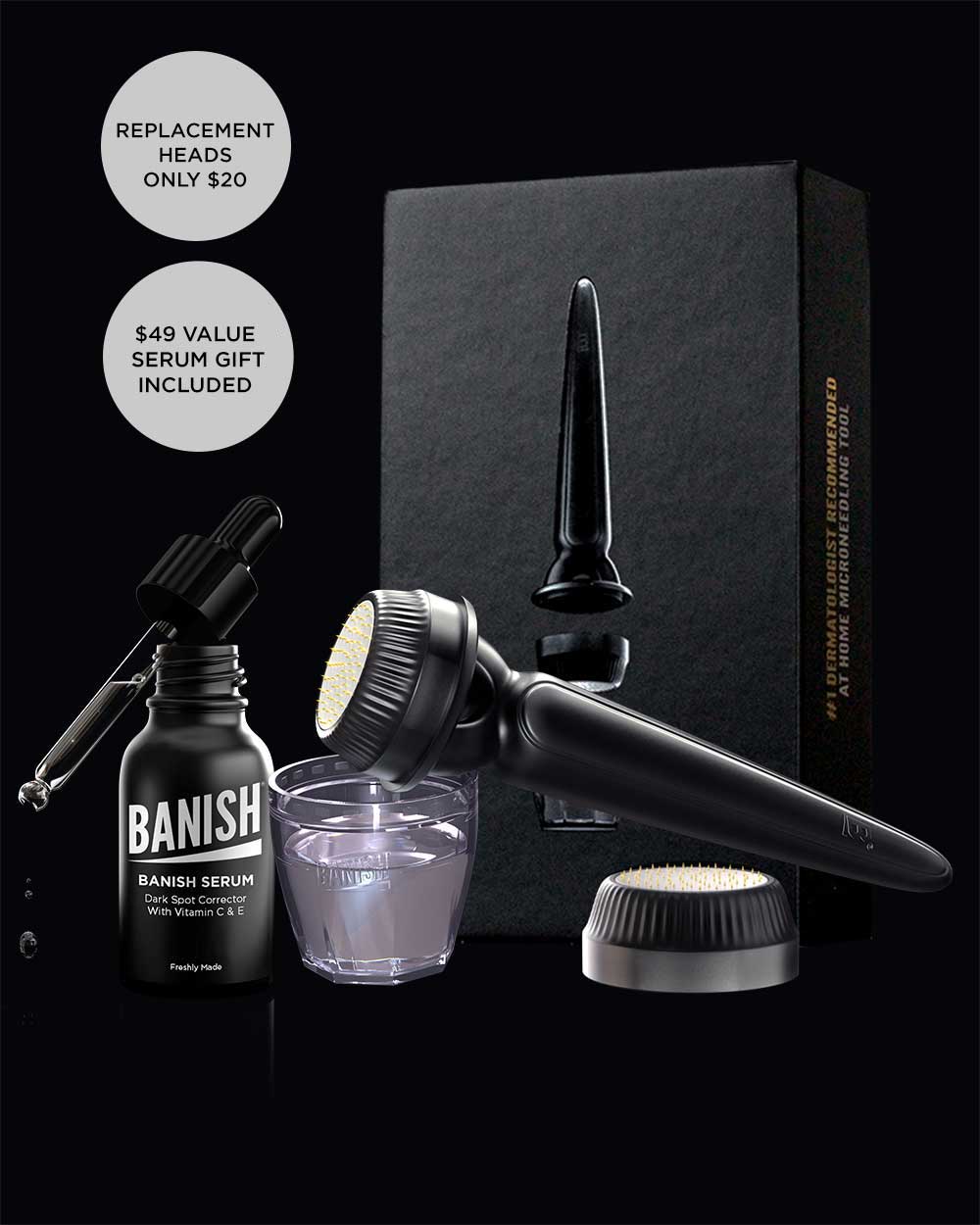
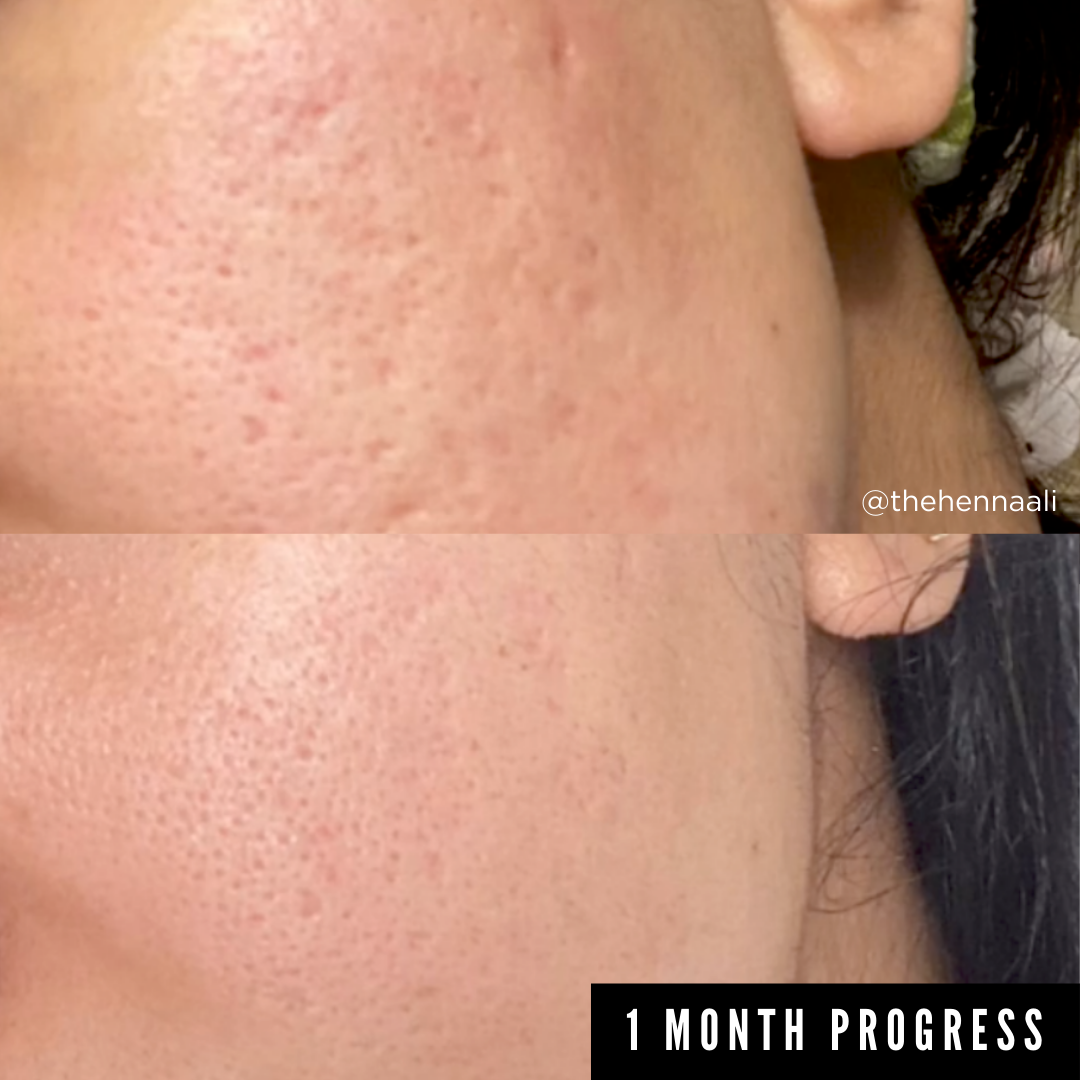

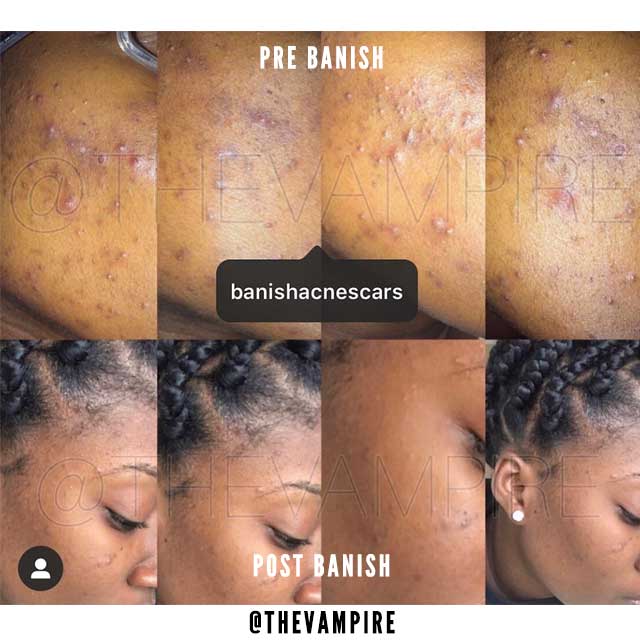
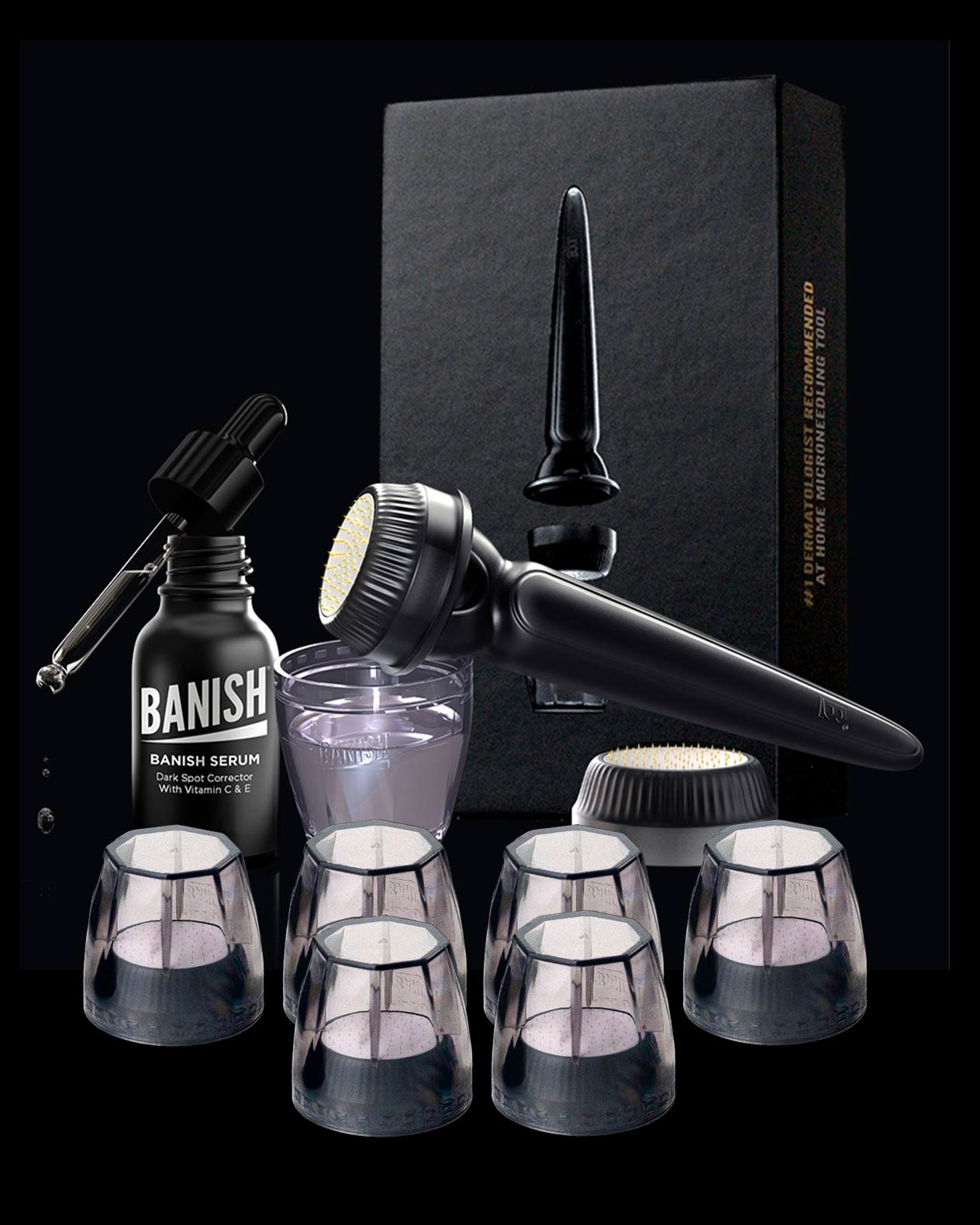
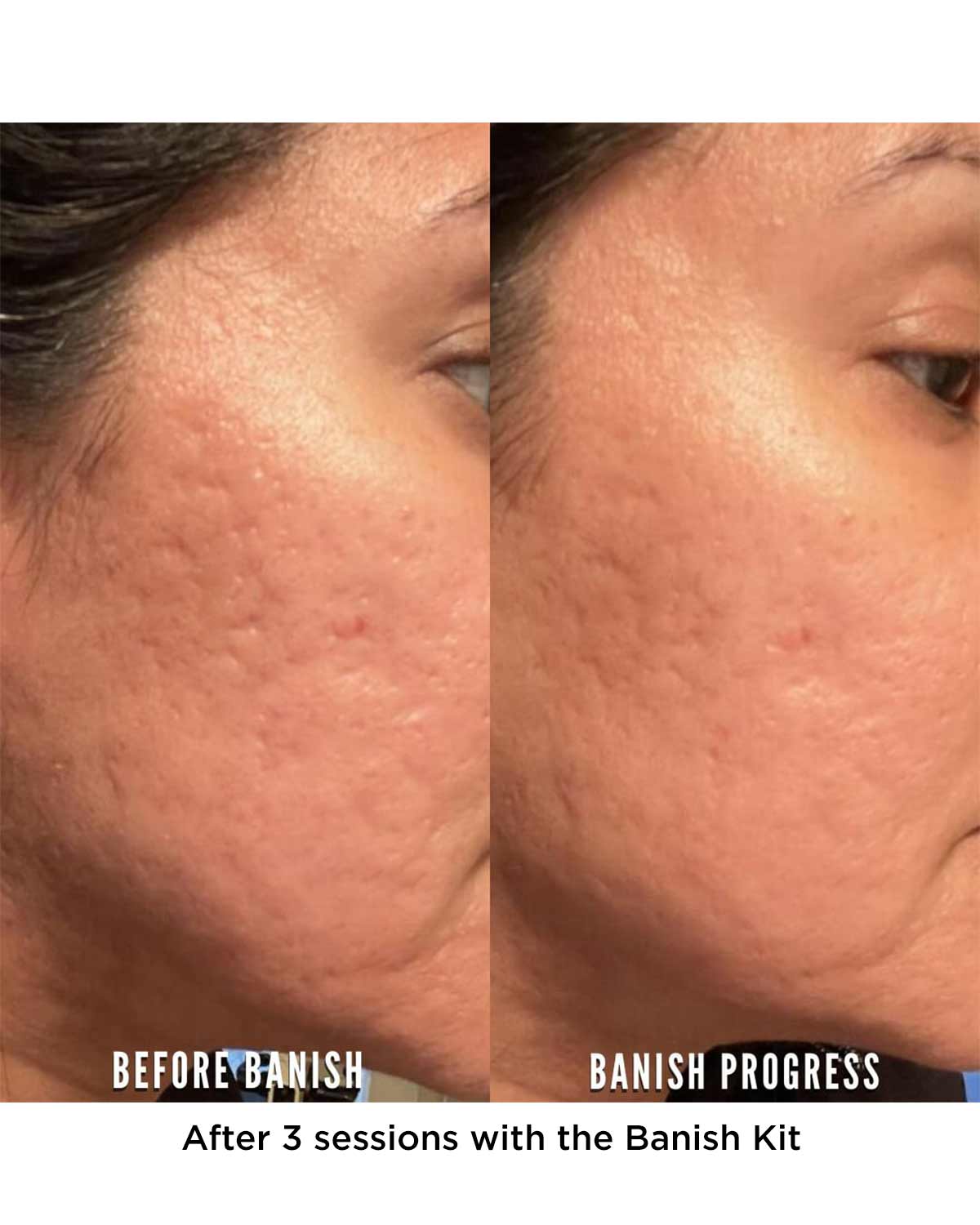
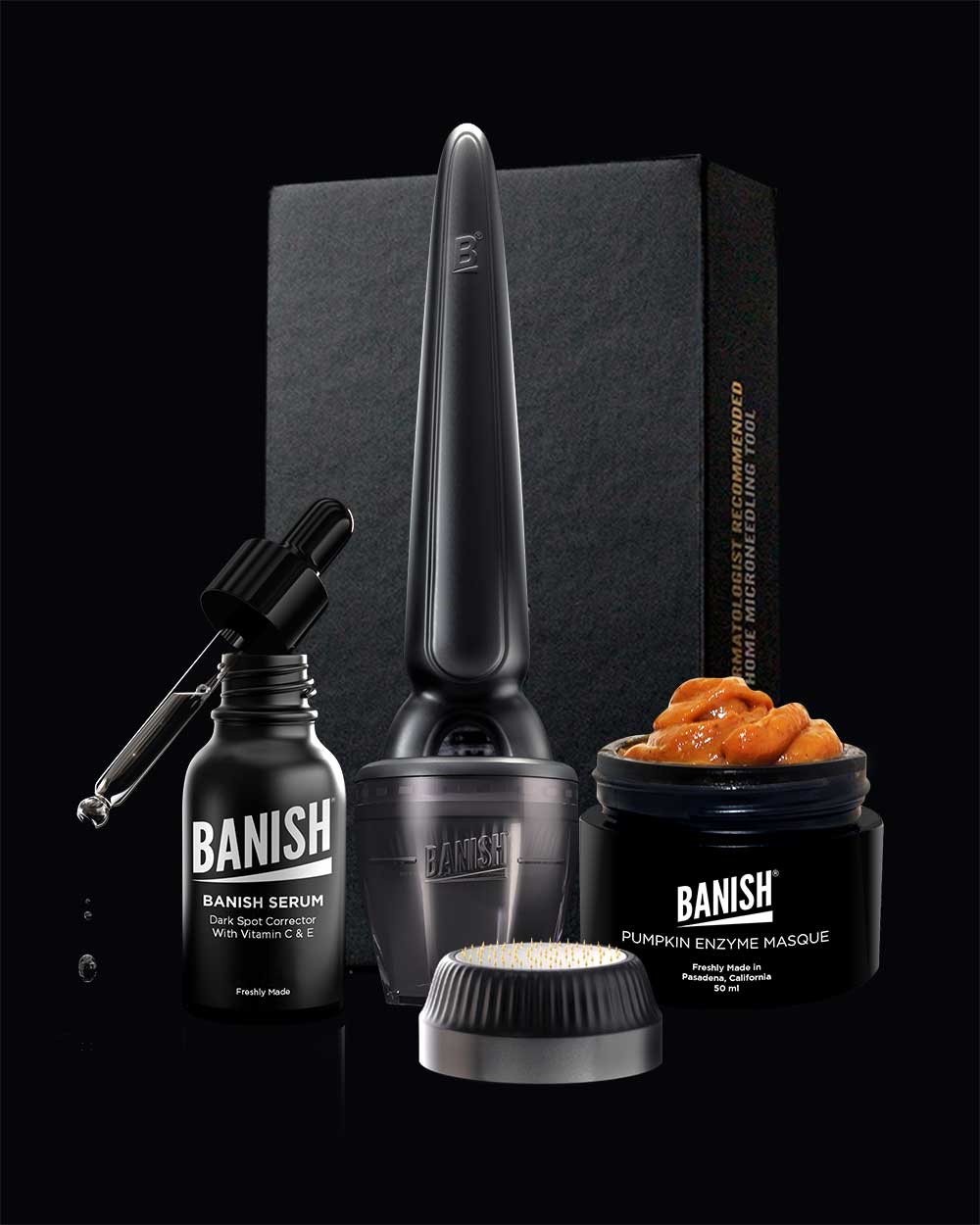
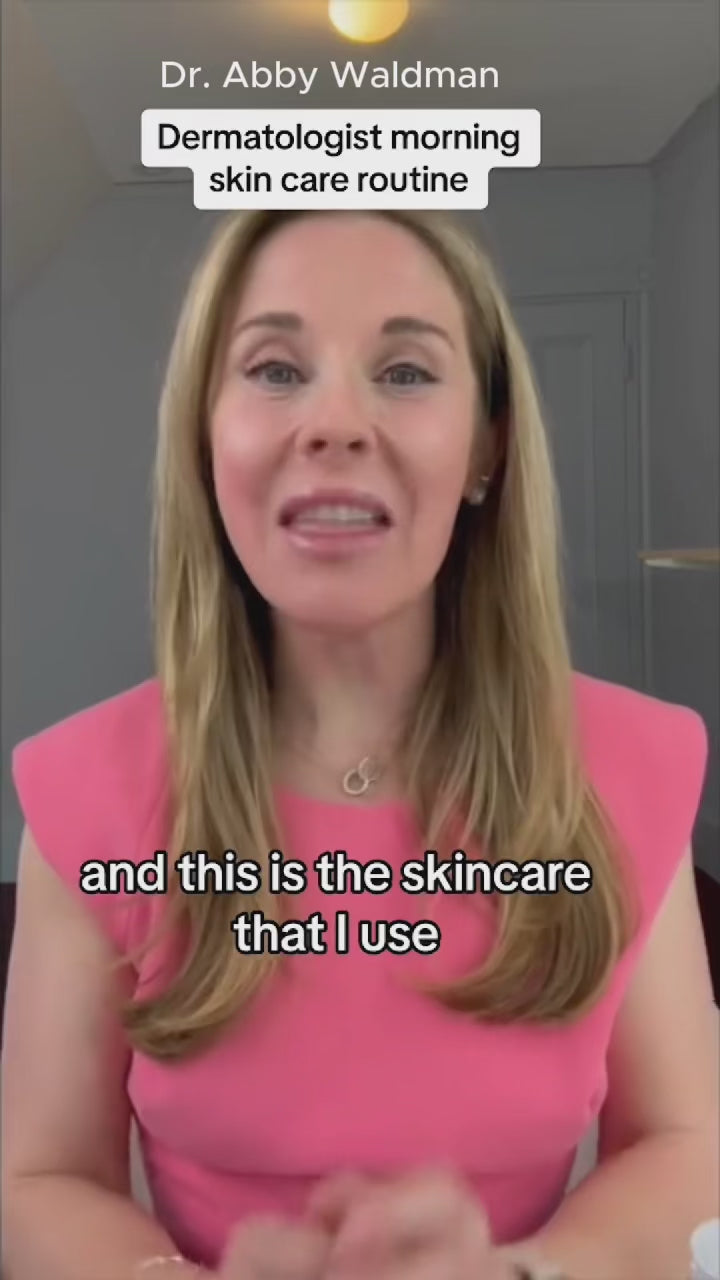
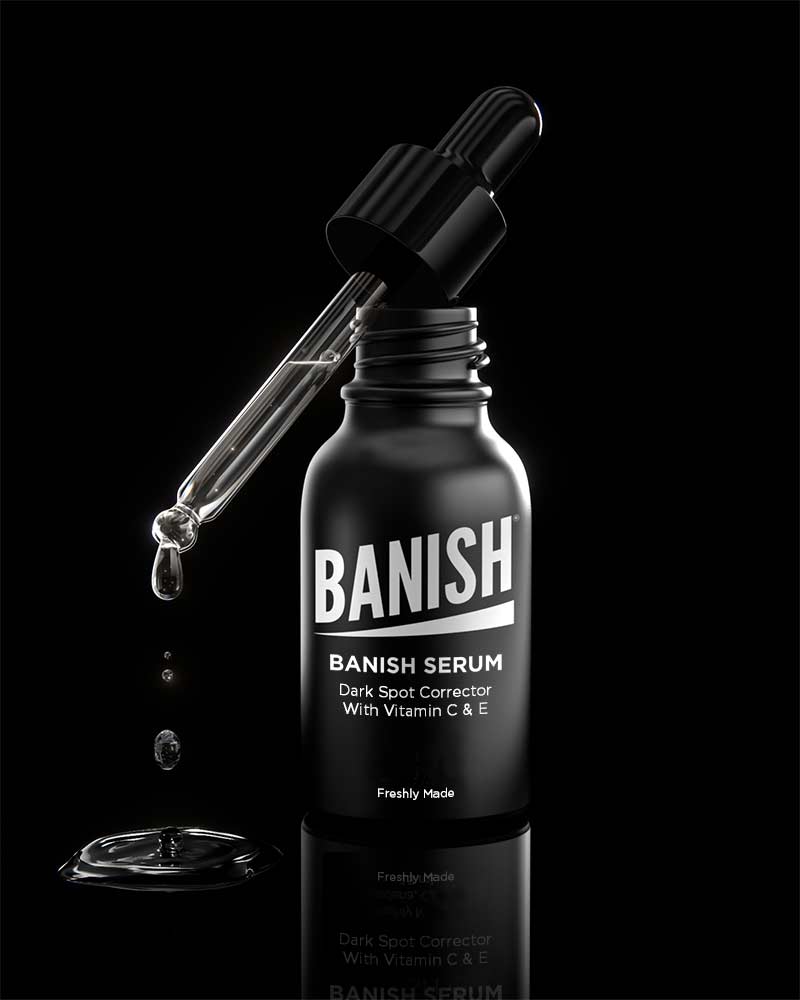

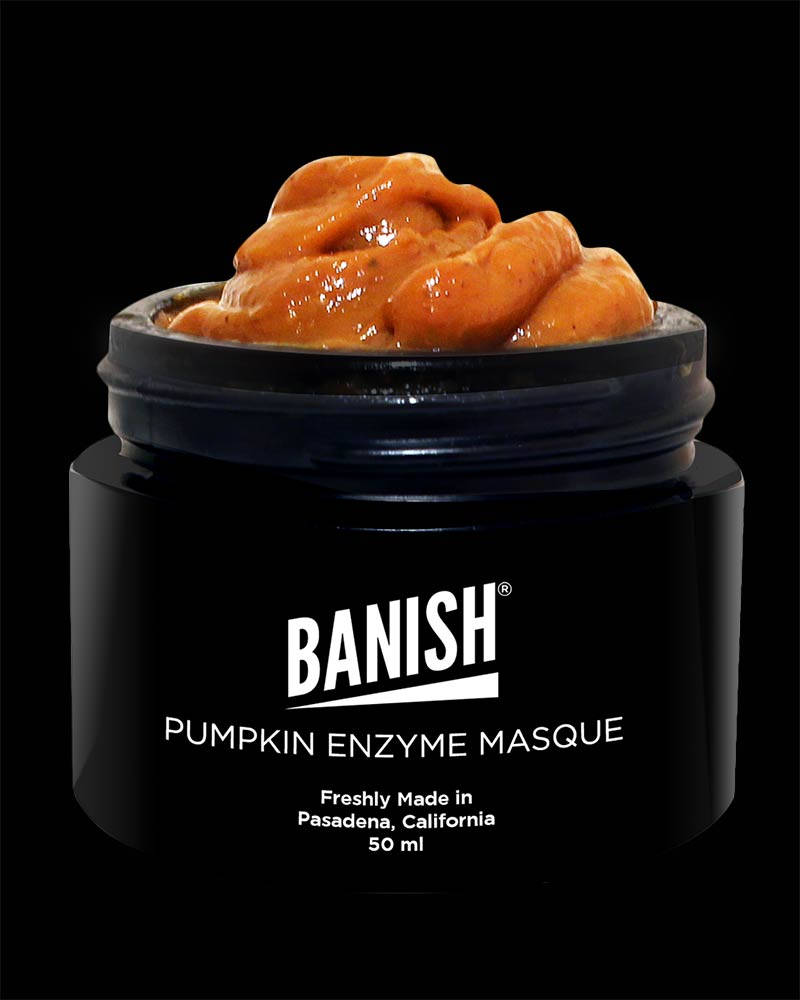

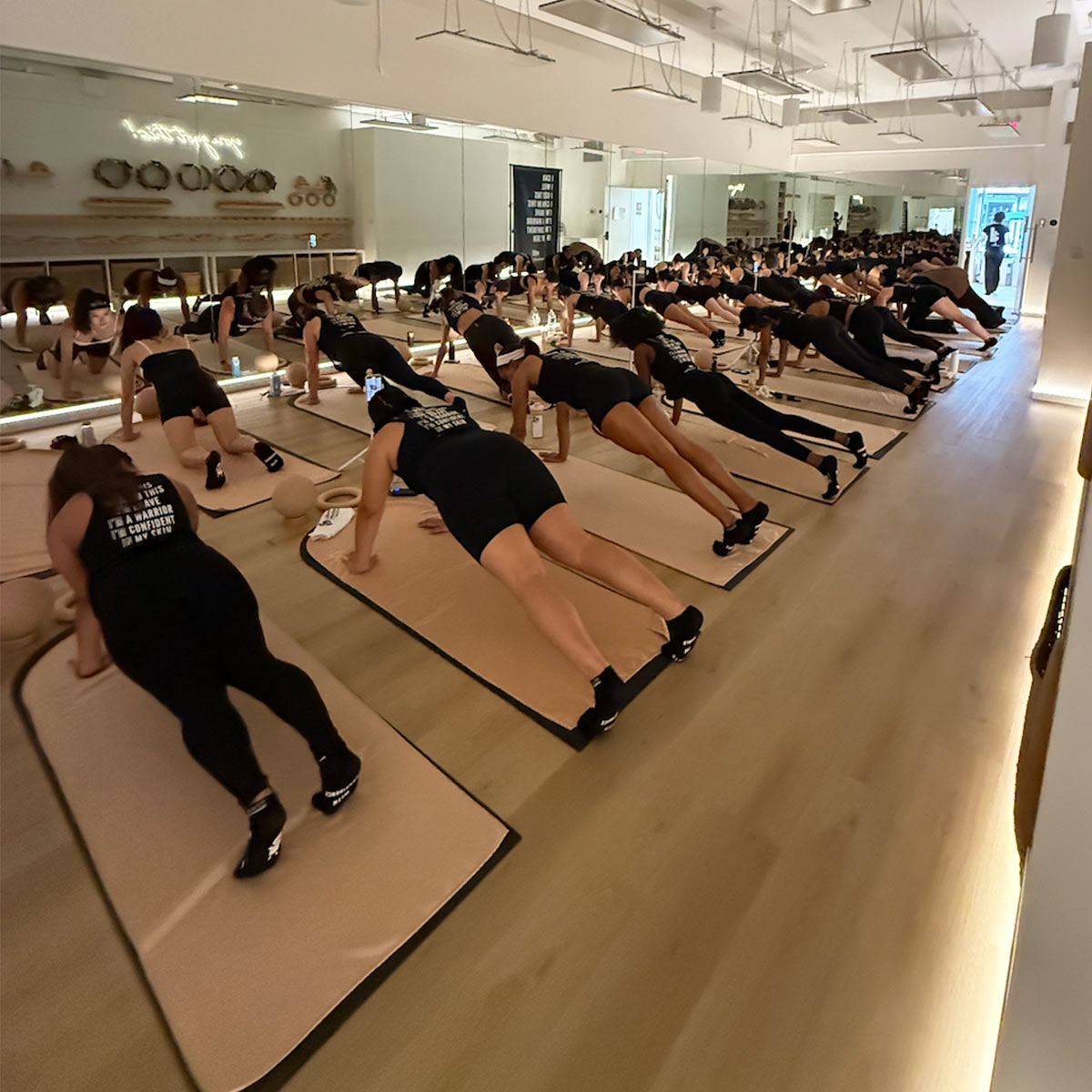
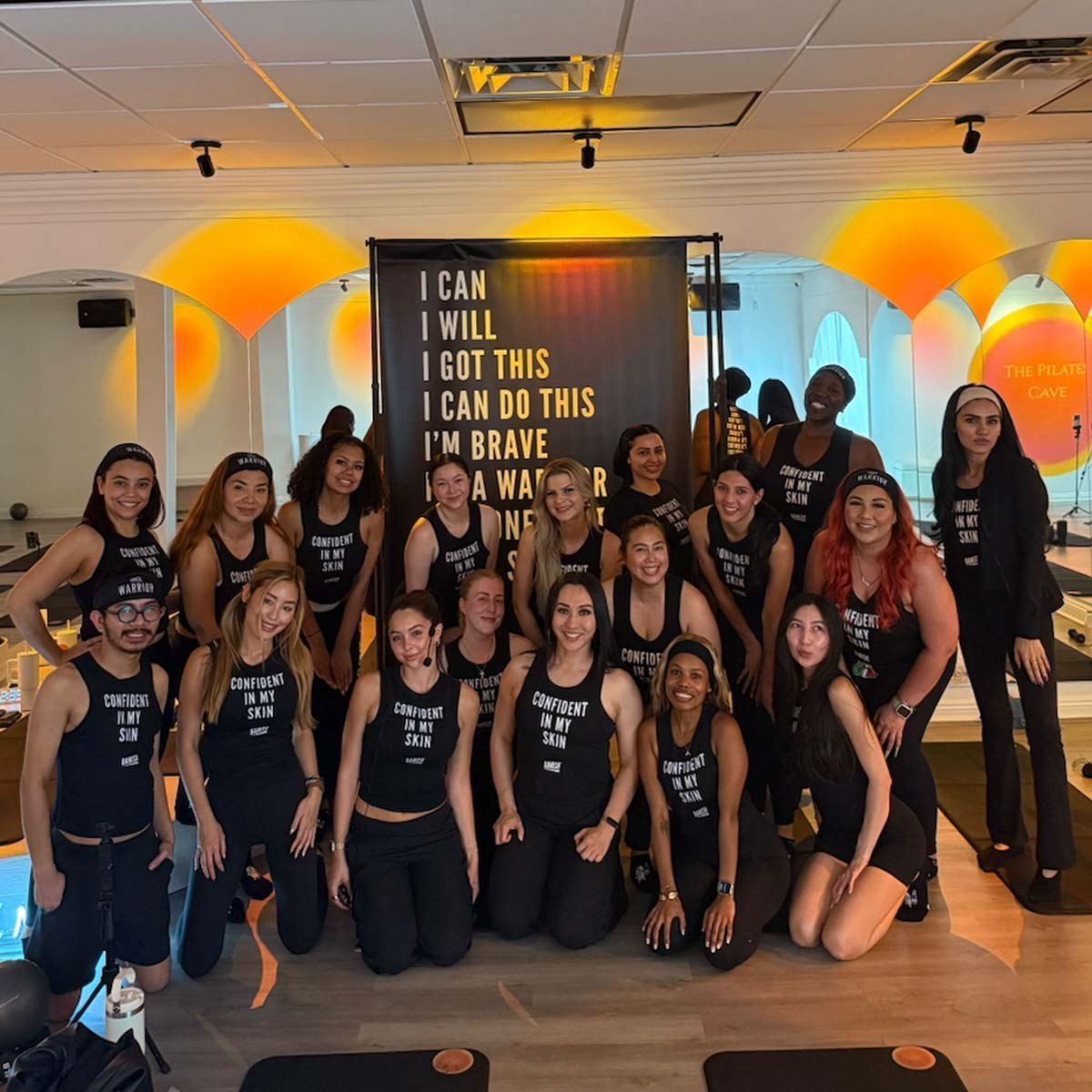

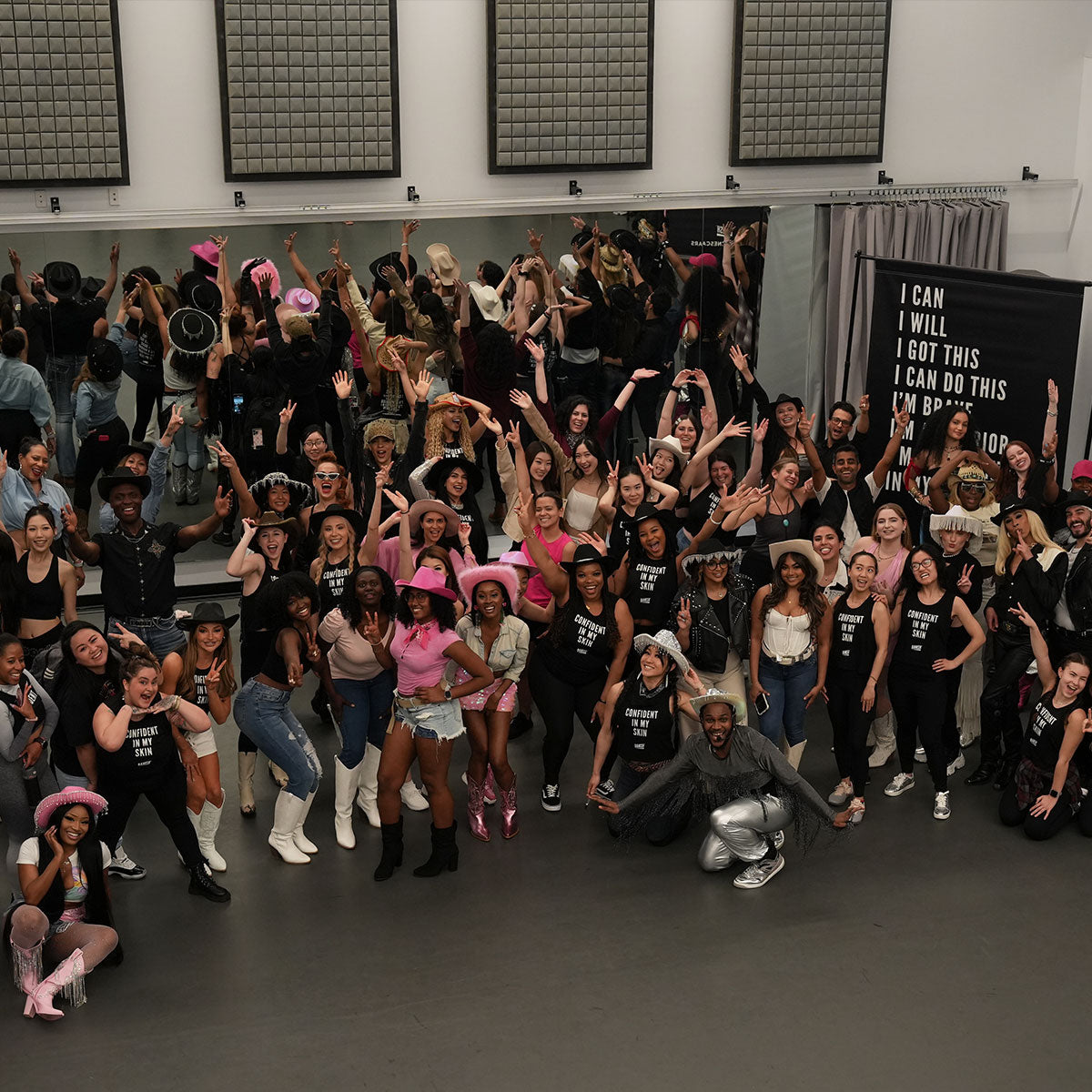
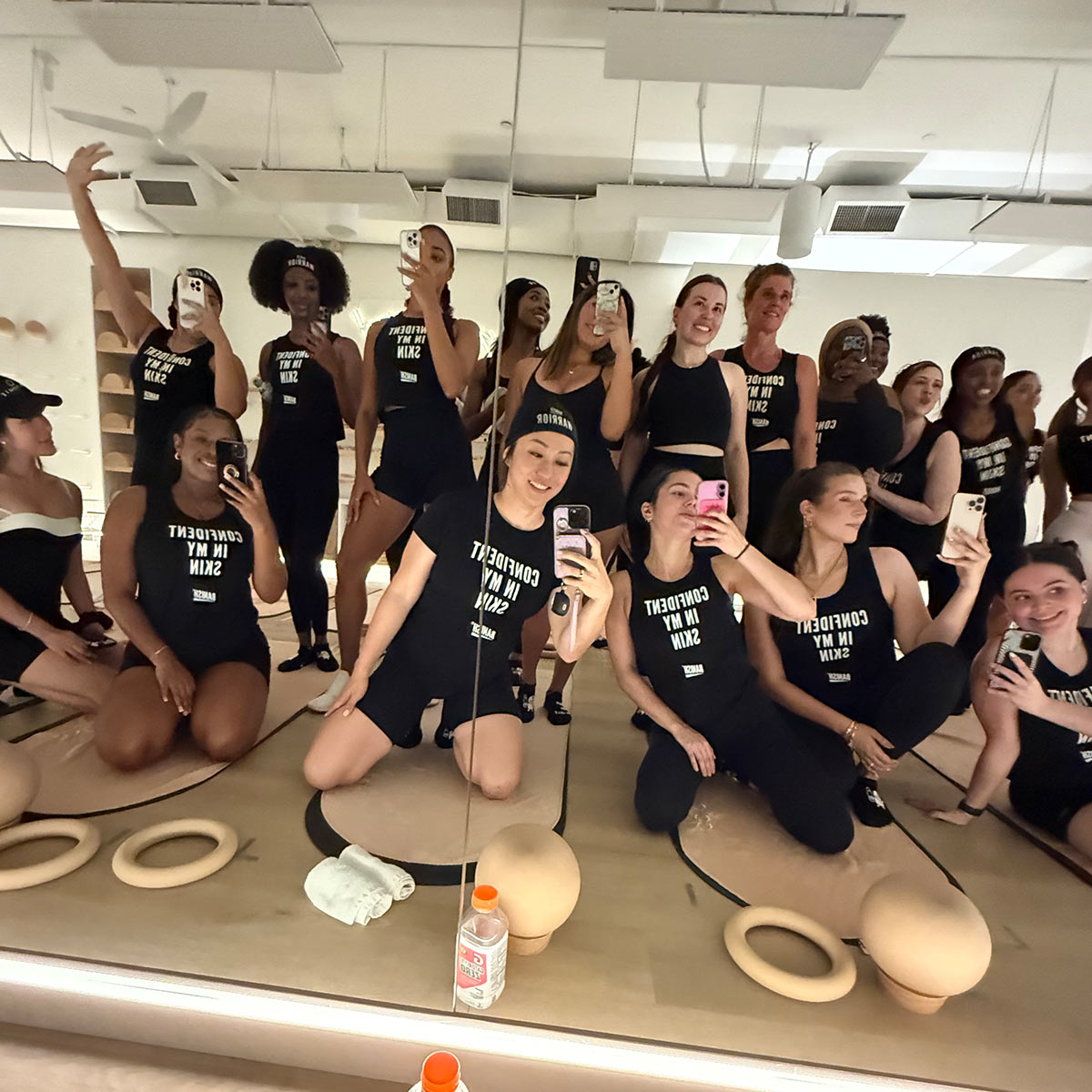
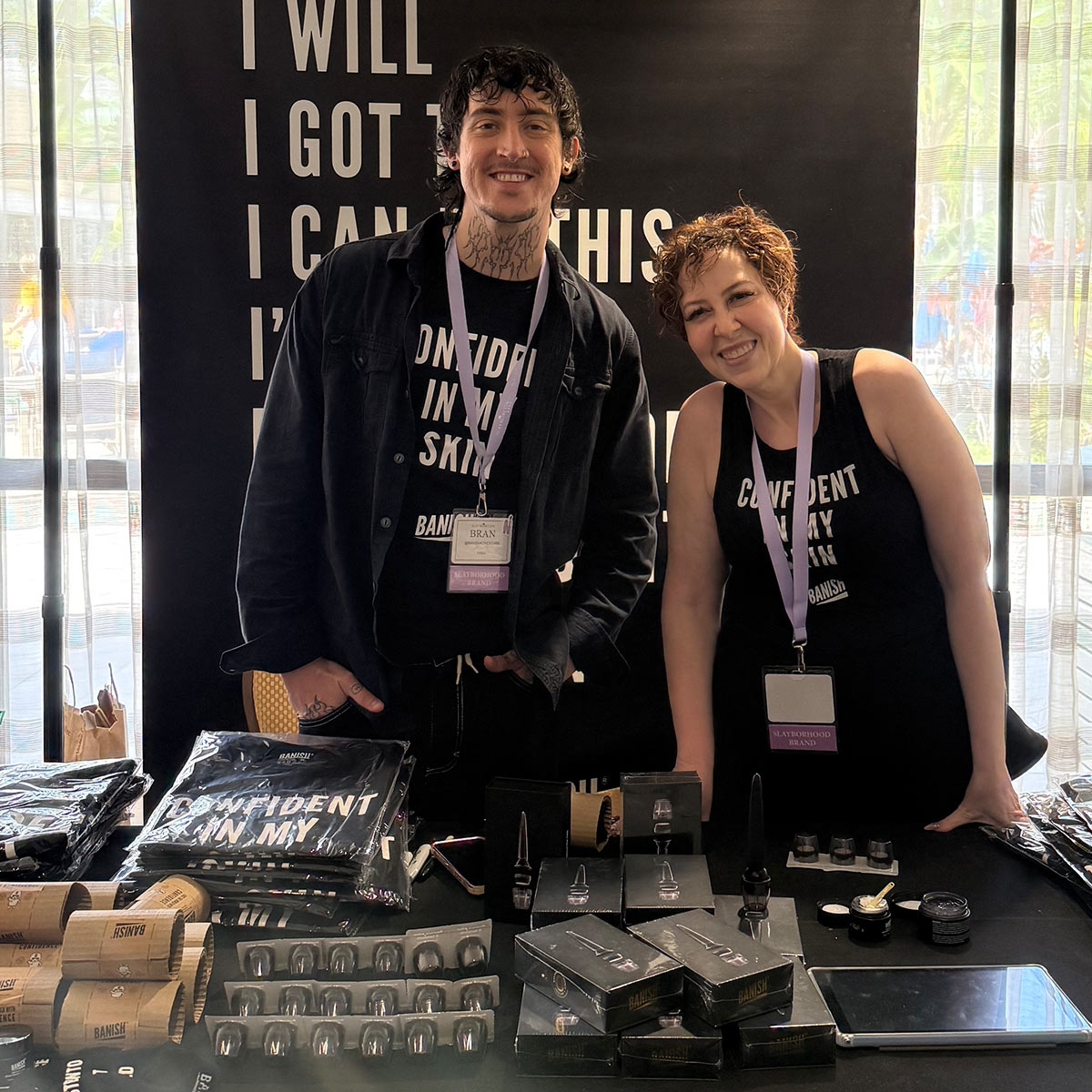
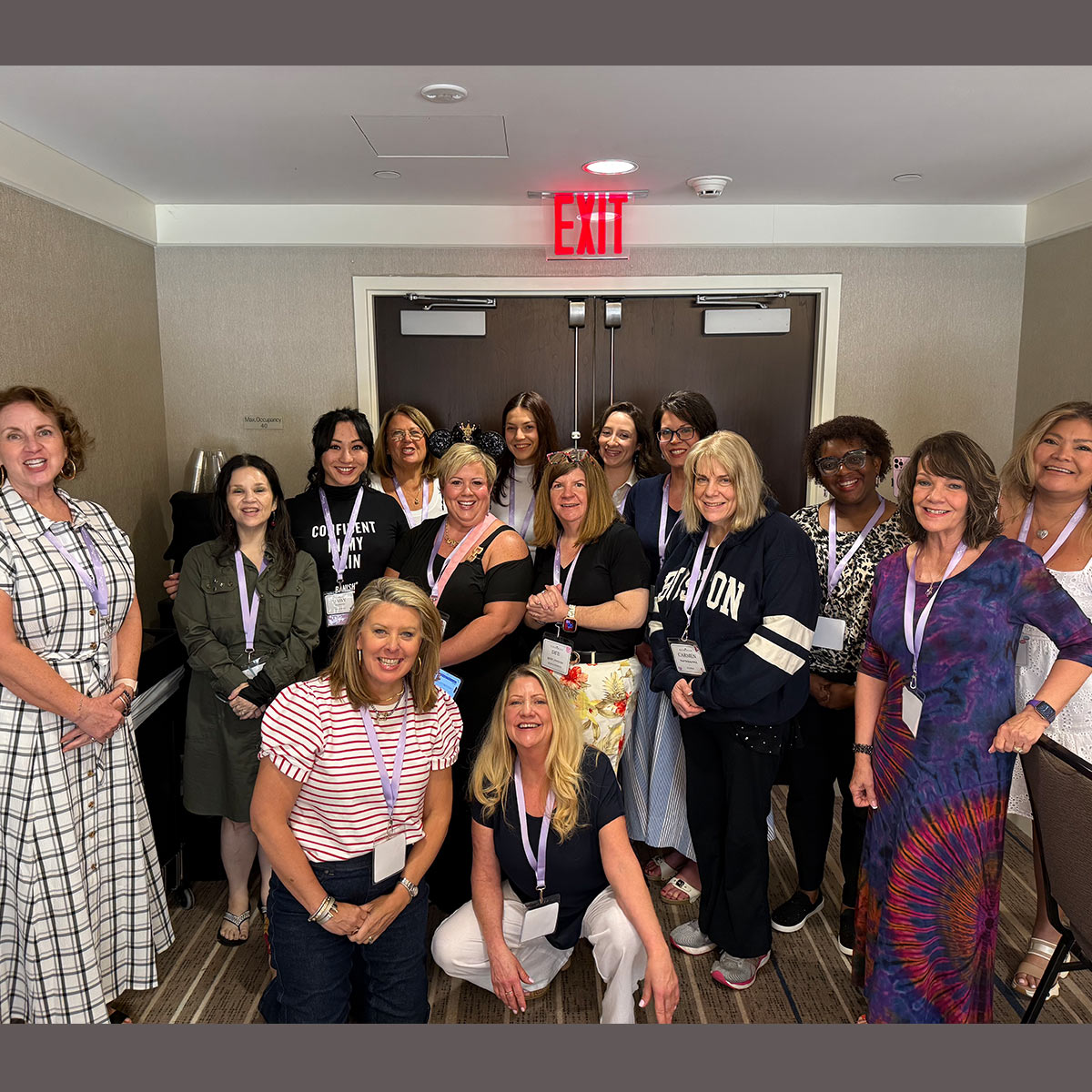


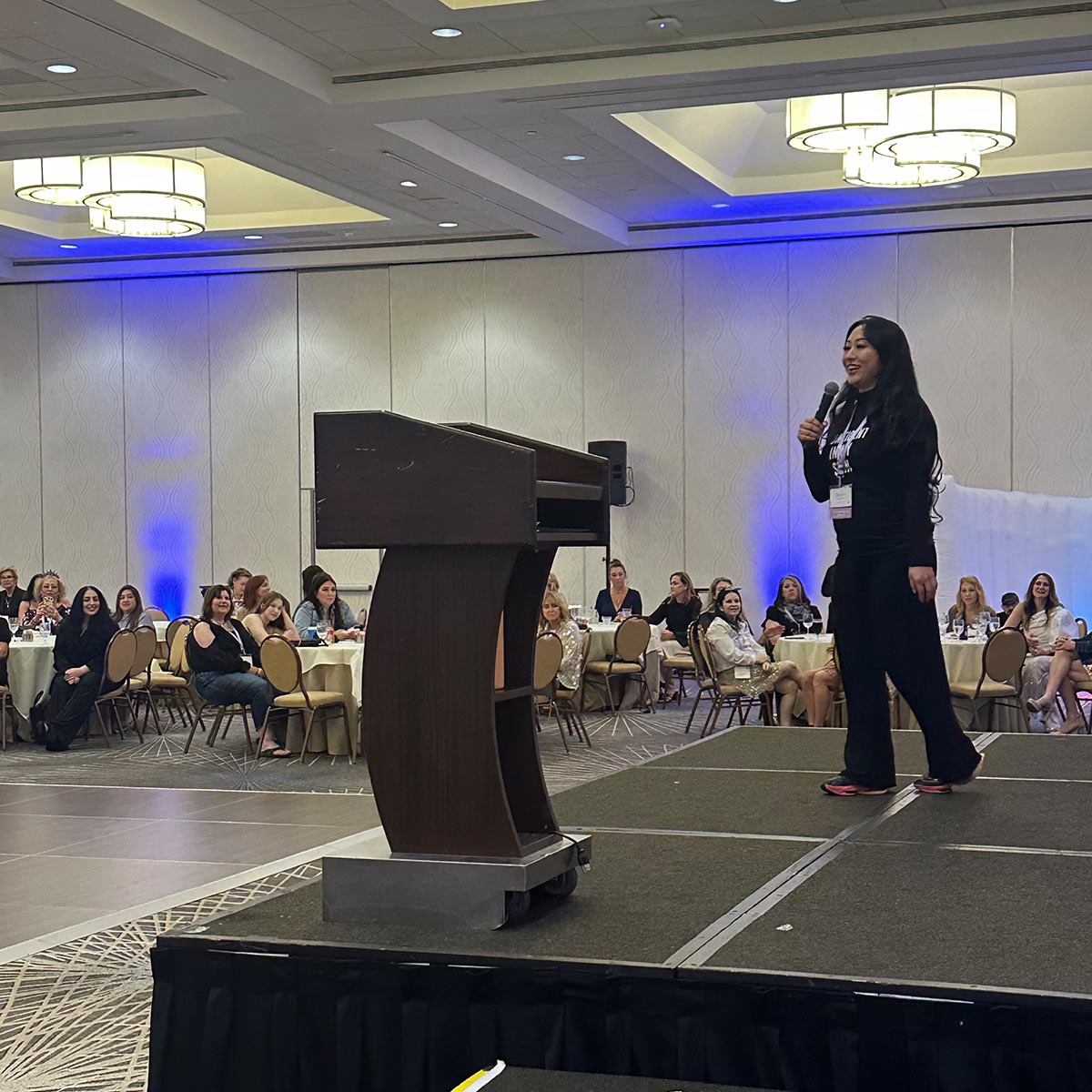
Leave a comment
All comments are moderated before being published.
This site is protected by hCaptcha and the hCaptcha Privacy Policy and Terms of Service apply.